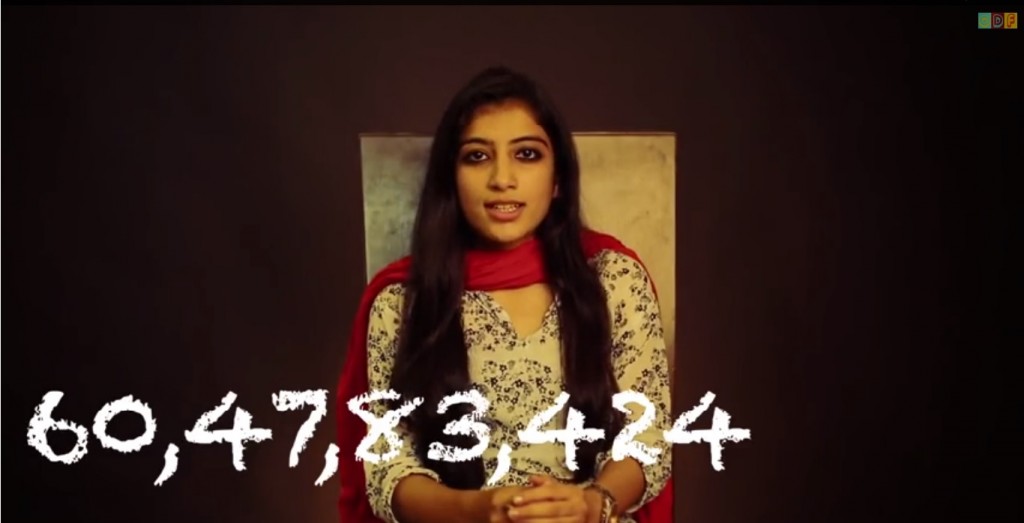
Click on closed captioning for English subtitles.
This powerful video stands testimony to the fact that if 60 crore (six hundred million) women decide to they can make a difference, there’s no force strong enough to stop them.
SHE doesn’t need your help, permission, sympathy or apathy. SHE doesn’t need your medieval patriarchy wrapped in the guise of ‘culture’. SHE is strong and is the collective voice of 48.3% of India. Anyone who is still under the illusion that HE is the superior gender, should wake up and smell the coffee.
Times are changing and we’ll make sure it does.
Women in India are continuously fighting a battle: battle for equality, justice and most importantly RESPECT. Everyday we hear cases of heinous crimes against women. Some of the victims wait for justice and some of them just live on hope.
But the question is, when will this ever STOP? When will women get the chance to just be themselves? Why does society still function with ridiculous rules for women and none for its men?
This powerful video of women speaking up shows that the woman of today is liberated, educated and vocal. And SHE will not take any more nonsense from anyone.
Video and description provided by Old Delhi Film




